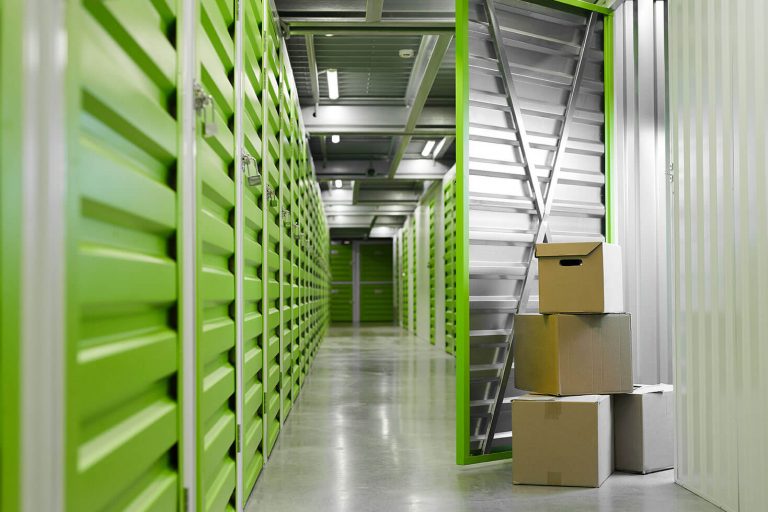Tenant Improvements in Repair Regualtions
The words lessee and lessor in §1.162 and §1.263(a) (Tangible Property Regulations) are mentioned over 200 times. The TPRs are a dramatic change for landlord and tenants regarding the capitalization or expense deduction of tenant improvements.
There are two critical general rules under §1.263(a) for leased property and improvements.
- The first general rule is that an improvement to a unit of property is NOT a separate unit of property from the building.
- The second general rule is if the landlord’s expenditure is NOT a restoration, adaption, betterment, or improvement (RABI), then it is repair and maintenance.
The unit of property for a taxpayer who is the lessee of an entire building is each separate building, its structural components, and building systems.
If the lessee leases only a portion of a building (such as an office, entire floor, or specified square footage), the portion of each building and the building systems associated with ONLY the leased portion is the unit of property. If the lessee pays for the tenant improvements, the lessee must generally capitalize the related amounts, which it pays to improve the tenant space. The only exception is if §110 applies. §110 is a construction allowance received by the lessee for the sole purpose of the improvement or when the improvement constitutes a substitute for rent.
In other words, tenants who do not lease the entire building and pay for their tenant improvements have their separate unit of property, and those improvements must be capitalized under the UNICAP rules §263A.
If the landlord pays for the tenant improvements, they must be put through the RABI rules to determine if the tenant improvements is a repair and maintenance or must be capitalized. Generally, an amount capitalized as a tenant improvement is not a separate unit of property from the building. If the landlord’s tenant improvements are not a separate unit of property from the building, the landlord can compare the expenditure against the whole building, building structures, and building systems. The result will be that most landlord tenant improvements, (beyond the initial tenant improvements capitalized for each space), will be classified as a repair and maintenance expense.
Example
The landlord owns and operates two buildings. One is a 15-story office building of 15,000 square feet with the first floor consisting of retail space. The other building is a stand-alone 10,000-square-foot retail building. The landlord has two new tenants move in 2020. Tenant A leases the first floor of the 15-story building. Tenant B leases the stand-alone building. The landlord already had prior tenants in those spaces and has tenant improvements on its books for both of those building spaces. The landlord tears out the previous tenant improvements and does extensive new tenant improvements for both tenants.
Conclusion
The landlord can expense the tenant improvements for Tenant A but must capitalize the tenant improvements for Tenant B. The landlord can do a PAD on its prior tenant improvements for Tenant B. The difference between these two scenarios is the landlord replaced a large physical portion of the stand-alone building that B occupied but not the for space that A occupied.




